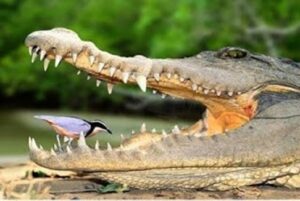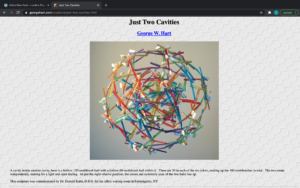I liked the idea of choosing an object and analysing it, I wanted to continue with this path but instead of door stops I want to look at toothbrushes. There are also many artists who have worked with toothbrushes that I can look at.
I had a look at the evolution of toothbrushes, according to the American Dental Association: starting in 3000BC a ‘chew stick’ which was a thin stick with frayed edges was used.
In 1498 a bristle toothbrush was invented in china using hog’s neck hairs attached to a bone or bamboo handle.
In 1780 William addis’ toothbrush was the first mass producer of modern day toothbrushes.
In 1938 Nylon bristles were introduced by Dupont de Nemours and the use of boar bristles was ended.
In 1960 electric toothbrushes were designed and are similar to what we see today.
I was also interested in researching why some animals have similar habits to us and/or don’t need to brush their teeth. Most animals don’t need to as they don’t eat processed foods and refined sugars like we do, they have a shorter lifespan and some canines have special saliva which helps keep their teeth healthy. However there are exceptions: cows brush their teeth whilst chewing, Elephants clean their incisors (tusks) unknowingly against trees, cats clean their teeth with bones that splinter in their mouth, and some birds clean crocodile teeth.
Old toothbrushes can also be used as cleaning tools due to their smaller bristles. They can also be used in art as a painting tool/ marking tool. I have seen artists use toothbrushes as sculptures, as beach waste art, two examples:
 George W.Hart’s toothbrush disc
George W.Hart’s toothbrush disc Alejandro Duran began this project in 2010, when he encountered the situation in Sian Ka’an firsthand. In response, he began collecting the colorful plastic—along with light bulbs and other objects—that have floated ashore from all over the world. The garbage is NOT painted, but rather collected and organized by color. After these photos are taken, the trash becomes a part of a growing collection which will continue to be both recycled into new artworks and used in environmental art workshops, to further awareness about plastic pollution.
Alejandro Duran began this project in 2010, when he encountered the situation in Sian Ka’an firsthand. In response, he began collecting the colorful plastic—along with light bulbs and other objects—that have floated ashore from all over the world. The garbage is NOT painted, but rather collected and organized by color. After these photos are taken, the trash becomes a part of a growing collection which will continue to be both recycled into new artworks and used in environmental art workshops, to further awareness about plastic pollution.


Leave a Reply